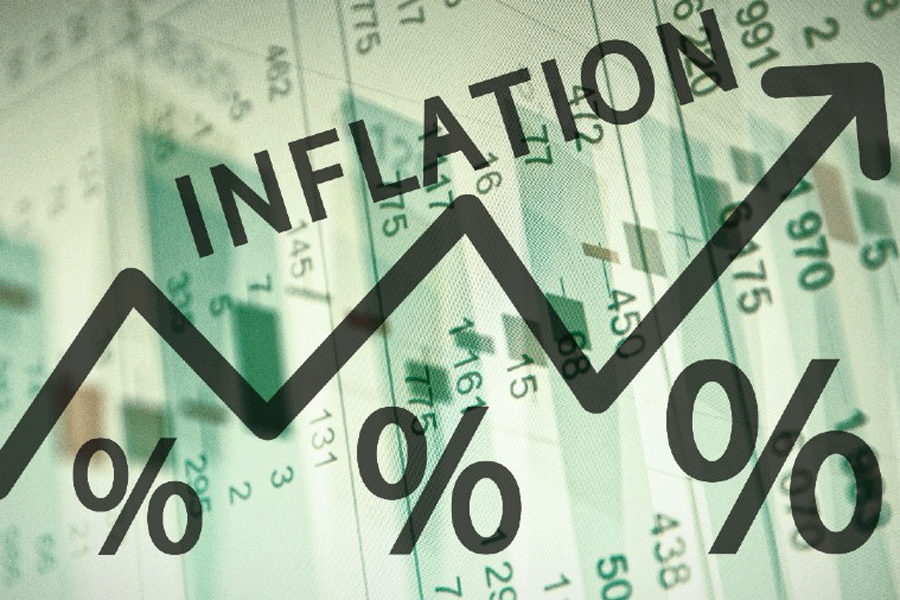Retail inflation jumped to a 4-month high of 5.69 per cent in December because of higher food prices, according to official data released on Friday. The price print is lower than the forecast of 5.86 per cent thrown up by a survey of economists.
Inflation based on the consumer price index (CPI) ruled at 5.55 per cent in November and 5.72 per cent in December, 2022. In August, inflation peaked at 6.83 per cent.
As per data released by the National Statistical Office (NSO), retail inflation in the food basket rose to 9.53 per cent in December, up from 8.7 per cent in the preceding month and 4.9 per cent a year ago.
“Elevated food prices and an unfavourable base propelled headline inflation to a four-month peak of 5.7 per cent in December 2023. However, the upside was contained with the sustained deflation in the fuel and light category and a moderation in core inflation just below the RBI’s target of 4 per cent,” Rajani Sinha, chief economist, CareEdge, said.
The RBI has forecast inflation at 5.4 per cent this fiscal, with projections of 5.6 per cent in Q3 and 5.2 per cent in Q4. The government has tasked the RBI to ensure retail inflation remains at 4 per cent with a margin of 2 per cent on either side.
“The sequential uptick in the headline CPI inflation in December 2023 was entirely led by the food and beverages segment, with all the other sub-groups either reporting an easing or similar year-on-year prints in December 2023 compared with the previous month,” Aditi Nayar, chief economist, Icra said.
“Vegetables were expectedly the main culprit, even as seven of the 12 sub-segments witnessed a moderation in their YoY inflation print in the month,” Nayar said.
Data showed that cereal prices rose 9.93 per cent in December, against 10.27 per cent in November.
Inflation in eggs was at 4.36 per cent, up from 5.9 per cent in the previous month.
Vegetable prices rose 27.64 per cent compared with 17.7 per cent in November, while pulses rose 20.73 per cent from 20.23 per cent.
Nayar said the outlook for certain items such as rice, wheat and pulses remains somewhat vulnerable given the estimated fall in annual kharif production as well as the year-on-year lag in the ongoing rabi sowing season amid El Nino conditions.
“Encouragingly, the core CPI inflation inched below the 4 per cent mark for the first time in the post Covid period, counterbalancing the food inflation print,” she said.
Icra has forecast CPI inflation to moderate appreciably to 5.2 per cent in January, aided by a dip in food print on account of an adverse base. “Nevertheless, rate cuts appear distant, and are unlikely to emerge before August 2024, with a stance change expected in the preceding policy meeting.”











